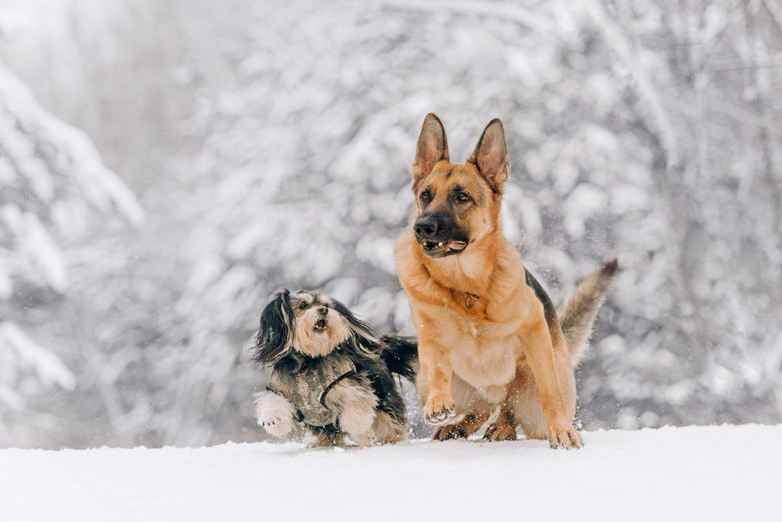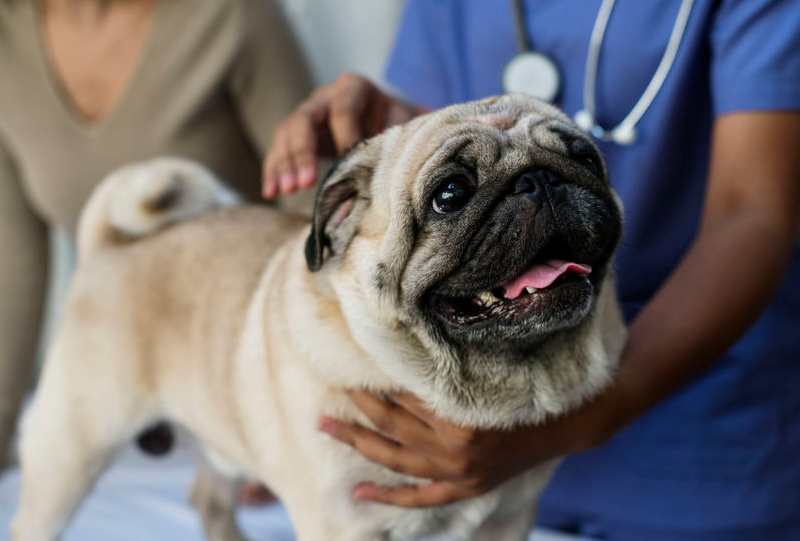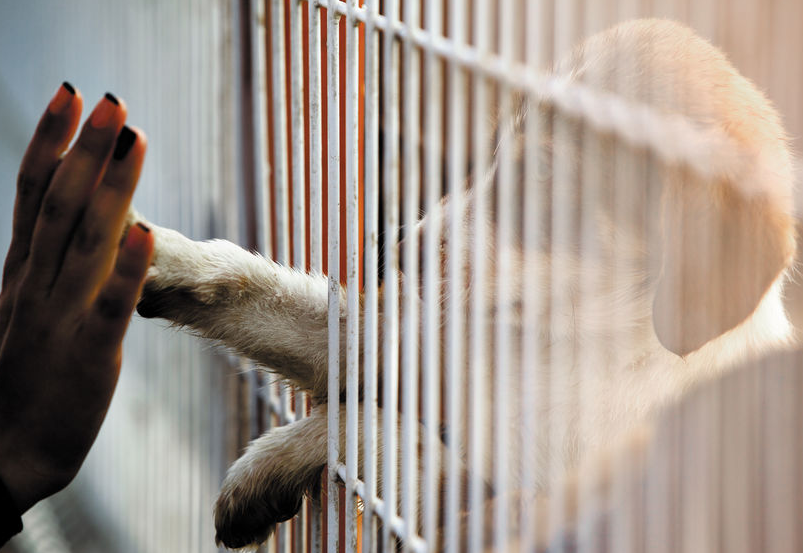Regular dog walks are a must for his health, it’s true! However, for the safety of our dogs, it’s best to follow certain rules so that things go well when we’re walking. In addition to not endangering our dogs, we also have to be careful not to embarrass walkers and/or their dogs. Once we know these few rules, everyone can enjoy a nice walk.
Provide conditions of safety and freedom during the walk.
Don’t Ignore Recall Learning
A dog needs freedom to fully enjoy his walks. For this to happen, however, it is important that he has a good memory. This command must be carried out in all situations from a very young age. We start by learning recall in places that are not very stimulating, then we increase the ambient stimulus crescendo. You should not hesitate to use a lanyard to ensure complete control of your puppy.
avoid bad situations
It’s best to avoid situations that could fail the puppy and give him the opportunity not to return for the recall. For example, if you wait too long to reconnect with your puppy when passing people, he may run to greet them and ignore your call. The pup was reinforced with his lack of recall every time he had the opportunity to sniff a dog, a person, or chase a bicycle. That’s why it’s best to anticipate potential encounters by reconnecting him.
Also, we must be aware that our dog, even as a puppy, may startle the person or another dog in front of him. They may have had a bad experience with a dog and were left traumatized. Your dog may be friendly and sociable in an encounter with another dog, but the dog ahead may not be. This dog may be aggressive towards your dog. And, if he’s in recovery, it’s best not to mess with him. Regardless, we have to make sure we keep our dogs under control and don’t disturb walkers.
Have proper equipment to walk the dog.
Choose the right equipment: belt, harness or lanyard
Always make sure that your leashes, collars, lanyards and harnesses are of high quality. Cheap accessories are best avoided, especially if the dog is strong or pulls a lot on a leash. When a dog is pulling a lot on a leash, it can be difficult to control it. In this case, it is recommended to use a pull-proof harness to better manage him. However, it is important to check that the harness adapts well to your dog’s morphology. A poorly adapted seat belt loses its effectiveness.
As for lanyards or straps, it’s better to choose flat rather than round. This way, they are easier to hold in the hand and less likely to slip off.
Choose the right place to walk.
Rule 3: Choose Open Spaces for Your Dog
A walk should be a joyous occasion for both the dog and its owner, which is why the locations of daily walks should be chosen as much as possible to avoid conflict. If you want your dog to relax safely, it’s best to go to an open area, such as a plain, where you can see far. For dogs with strong predatory instincts who love to chase game, it’s best to avoid forest walks. The temptation to chase games and not listen to recalls is too great.
If your dog doesn’t like being on a leash, again, opt for a walk where he can enjoy a few moments of freedom, provided he has enough memory to keep him in check. Or, if your dog is aggressive towards other dogs, choose to walk him in a place with little traffic and where he can find some peace and quiet.
The last sentence
To walk your dog safely, you just need to know these three rules to have fun. It is also important to respect your fellow humans and not allow your dog to run wild without restraint or control. Here’s an adage that sums it up: “One man’s freedom ends with another man’s beginning” by John Stuart Mill.




